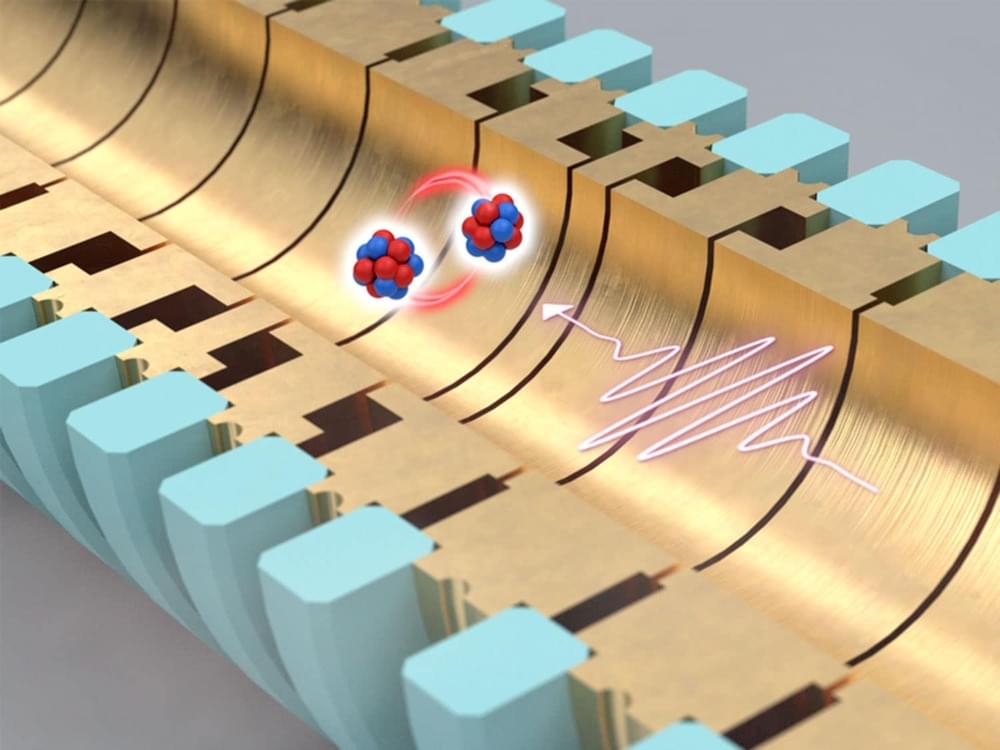Electrons are some of the most basic building components of matter that we are familiar with. They have several distinguishing characteristics, including a negative charge and the existence of an exact intrinsic angular momentum, often known as spin. Each electron, as a charged particle with spin, has a magnetic moment that aligns in a magnetic field as a compass needle does.
Quantum electrodynamics can forecast the strength of this magnetic moment, which is given by the so-called g-factor, with incredible accuracy. This computation agrees to within 12 digits with the empirically determined g-factor, making it one of the most precise theory-experiment matches in physics to date. The magnetic moment of the electron, on the other hand, changes when it is no longer a “free” particle, that is, when it is linked to an atomic nucleus, for example. QED, which defines the interaction between electrons and nucleus in photon exchange, can be used to determine minor changes in the g-factor. This notion can be sensitively tested thanks to high-precision measurements.
In a new study, scientists at the Max Planck Institute for Nuclear Physics (MPIK) in Heidelberg successfully investigated QED predictions with unprecedented resolution. They used a newly developed technique to measure a very small difference in the magnetic properties of two isotopes of highly charged neon in an ion trap with previously inaccessible accuracy.
